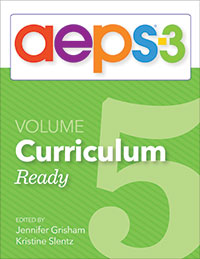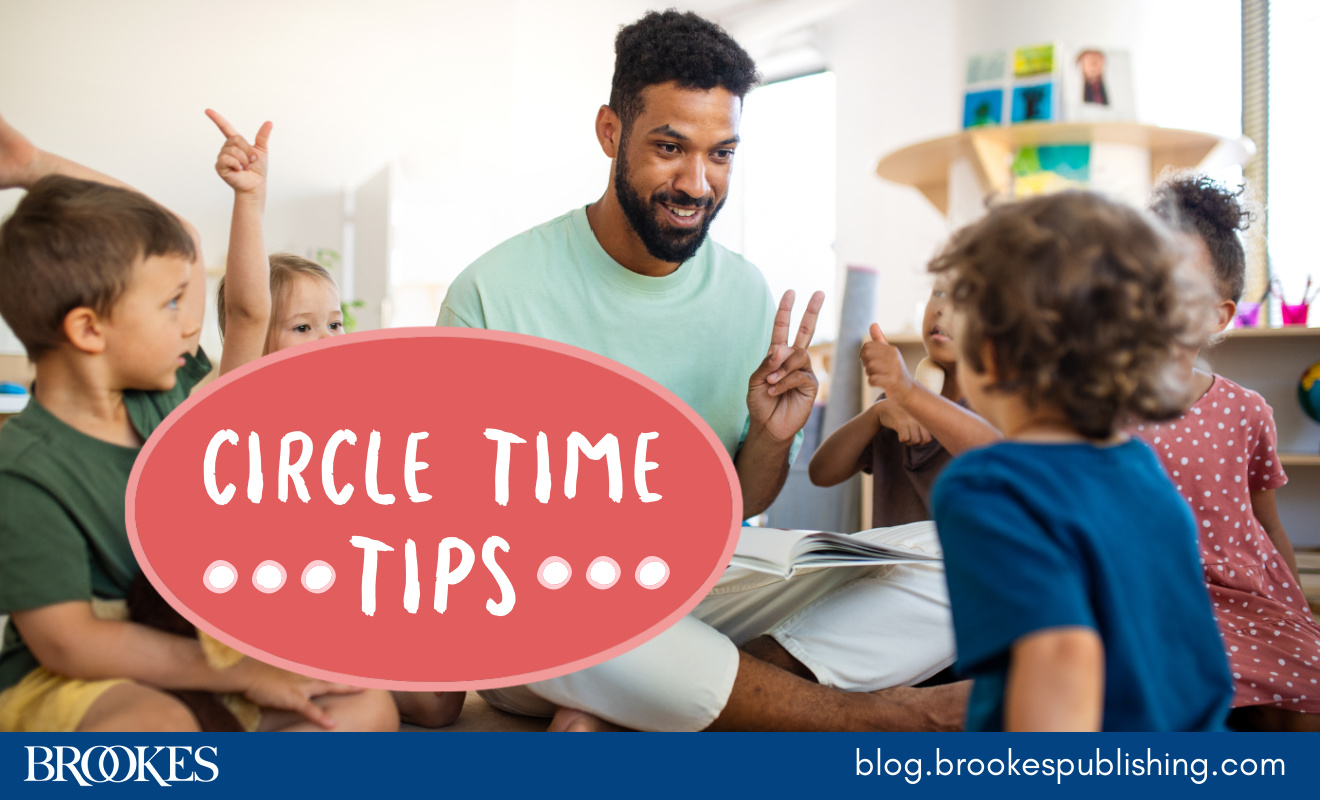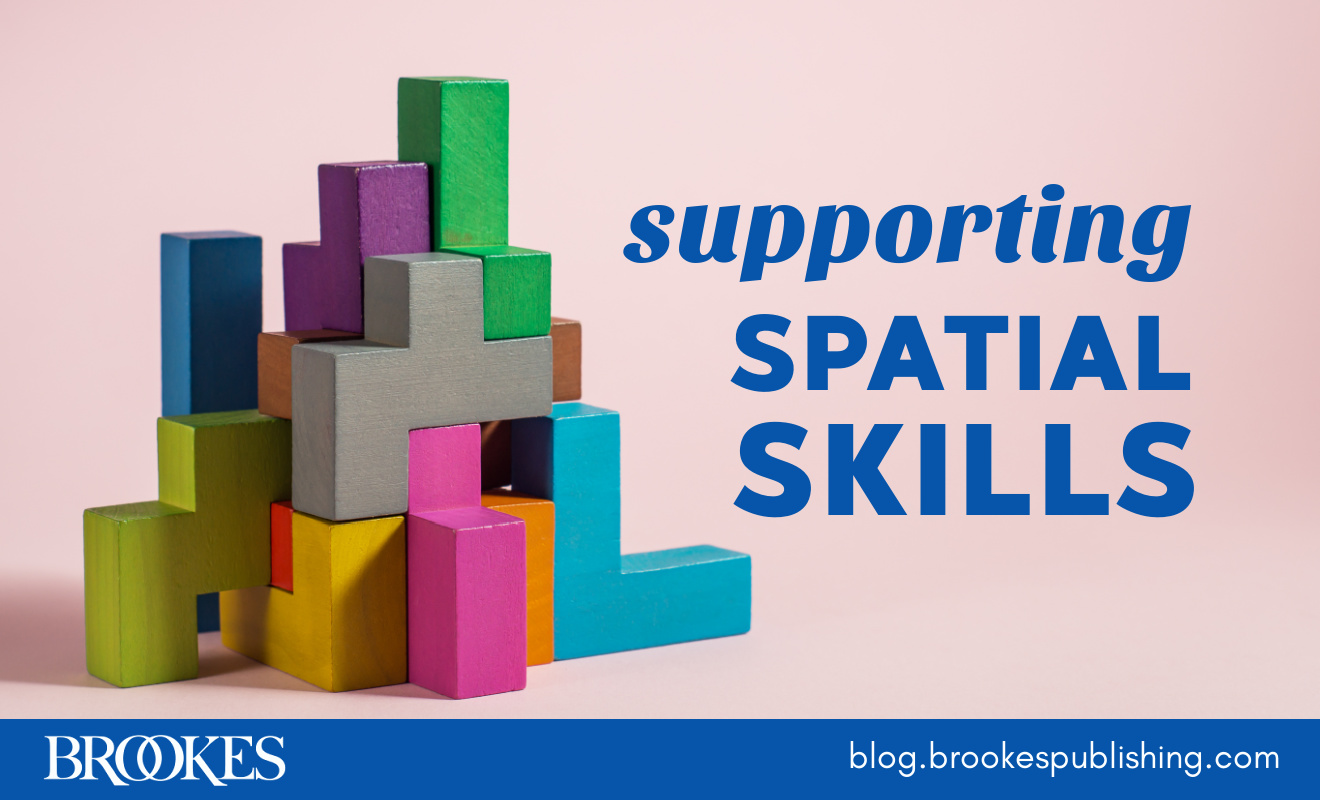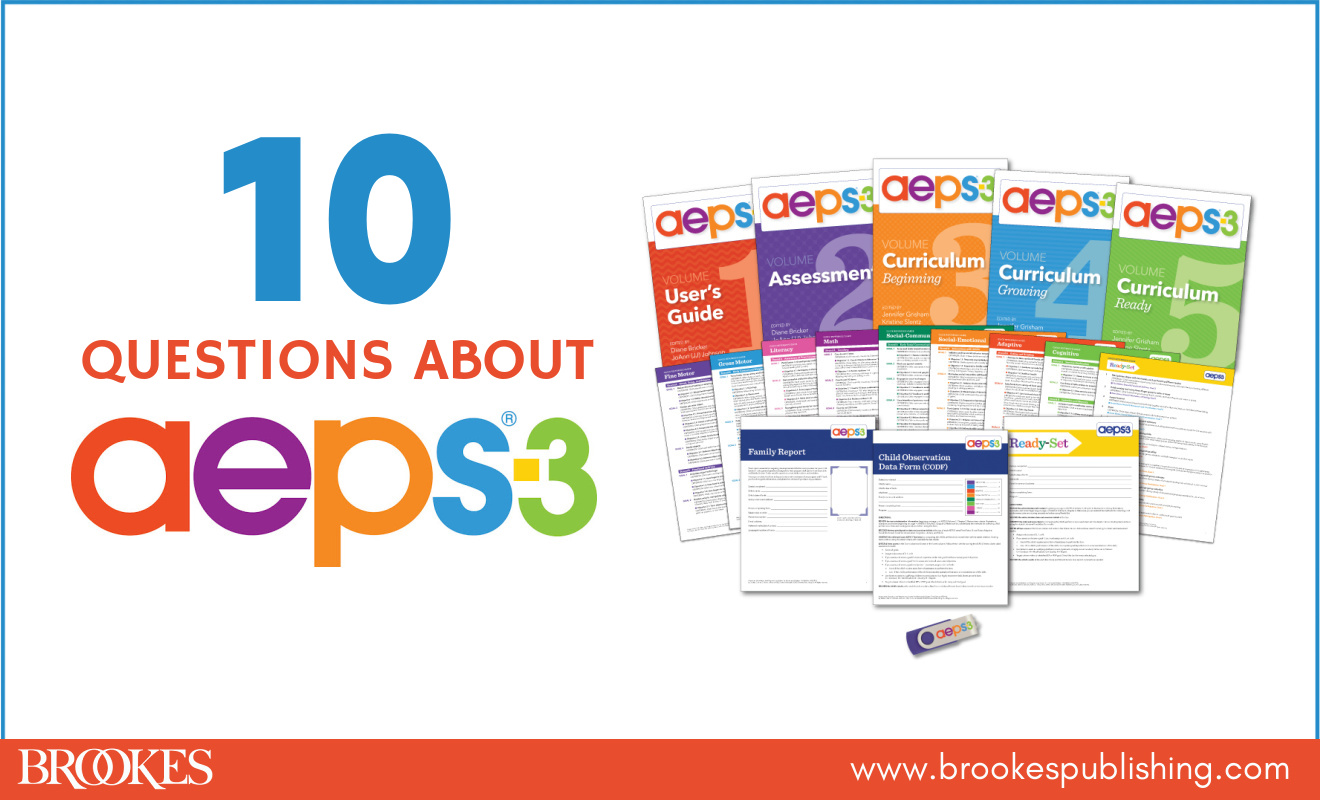13 Best-Practice Tips for Early Childhood Math Activities
June 6, 2024
 Early math skills—such as counting, sorting, making patterns, and sequencing—are an important part of kindergarten readiness and provide a strong foundation for a child’s future development in math. In today’s post, we’re sharing some universal strategies for incorporating math explorations into your early childhood program.
Early math skills—such as counting, sorting, making patterns, and sequencing—are an important part of kindergarten readiness and provide a strong foundation for a child’s future development in math. In today’s post, we’re sharing some universal strategies for incorporating math explorations into your early childhood program.
The tips in this post are adapted from Volume 5 of the tiered AEPS®-3 Curriculum—the “Ready” level, which encompasses more complex developmental and early academic skills. The AEPS developers offer these 13 tips for creating fun, open-ended math activities and embedding math into daily routines, which helps build the math interest and skills of all children across a range of skill levels.
- Anchor preschool math experiences with multiple collections of small animals, people, vehicles, and colored plastic blocks.
- Use number lines, number cards with pictures and numerals, and dice to encourage complex exploration and learning.
- Trim down an egg carton so it has 5 sets of 2 egg indentations (10 indentations total) to make a 10 frame that can be used for comparing up to 5 equal sets.
- Let children count by using number cards showing 5 pictures (5 tiny cubes, 5 puppets on fingers). This helps children understand that an amount is the same no matter what item is being counted.
- Use number lines to teach children how to count forward from a particular number rather than starting at 1 each time. This helps children understand that the “number after” each number equals 1 more.
- Place number-rich items in the dramatic play area (ice cube trays of different sizes, telephones, toy clocks, cash registers, play money, menus, calendars).
- Provide play pennies for preschoolers to use to buy pretend snacks and bus tickets that cost a specific number of pennies.
- Use puzzles, sorting toys, and other manipulatives to support math learning.
- Include books in the library center that feature counting, numbers, and other math concepts. Use story extender activities after reading math books to encourage children to take their math learning beyond the story and set the stage for inquiry and discovery. For example, add lots of hats to the dramatic play area after reading a book about hats for sale so children can incorporate math learning into their play. (Refer to the book Cowboys Count, Monkeys Measure, and Princesses Problem Solve for a practical guide to using storybooks to teach math.)
- Use recyclables in the classroom as an inexpensive, dynamic way to provide opportunities for children to explore and investigate (let children use different-size cardboard boxes to arrange in order from smallest to largest, sort objects into, and the like).
- Make dedicated math activities available each day in a math center, as a table activity, or as embedded parts of the daily schedule. Plan activities that can be intentionally extended to include math skills as estimation, measuring, ordering or sequencing, and numeracy. For example, have children build a fort using recycled boxes, then ask the class to guess how many children will fit into the fort and test the guesses. And for an All About Me week, plan activities that include math, such as having children trace each other’s outlines on paper and then use rulers to measure the height of their paper bodies. Have children color or decorate their paper bodies to match themselves and then make graphs to compare their hair color, eye color, or shoe size.
- Use math talk throughout the day to capitalize on teachable moments and expand learning. Say during free play time in the blocks center, “Wow, that’s a big tower! I bet it’s more than 15 blocks tall. Should we count and check?” Comment during snack time, “Look at how fast Matthew is eating his crackers—he only has 2 left. How many are on your plate, Lisa? Is that more than Matthew has? Or fewer?”
- Continue to embed increasingly sophisticated math learning into the classroom schedule. Count aloud to 20 while washing hands (the number of seconds children are encouraged to wash with soap). Post a number line on the wall beside the sink to encourage children who can read numbers to count while washing hands. Assign tasks that involve counting to classroom helpers (counting out 15 plates for snack time, helping an adult take attendance in the morning by writing down who is present and who is absent).
Engaging children in daily math explorations in the context of their lives and routines supports stronger connections to math concepts and more meaningful understanding and practice of new skills. Try the tips in this post to give young children lots of opportunities to develop early math skills throughout the day—and be sure to share your strategies with parents to help them continue the learning at home.





Write a Comment
Your email address will not be published. Required fields are marked *
Post a Comment